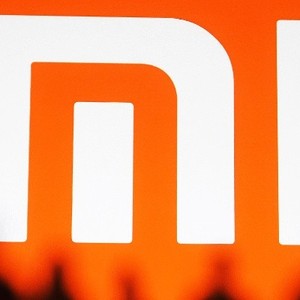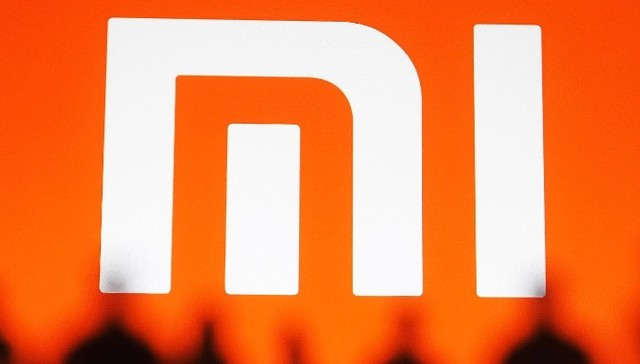By WU Yangyu
In early January, WANG Yu found himself unable to place orders on smartphone maker Xiaomi's direct-sales platform. His contract with Xiaomi had expired, so he submitted a renewal request. Normally, he would receive a text message with a link to the contract which he confirms.
This kind of review is generally completed in a few hours, but as of press time, Wang is still waiting, and if he does not make certain concessions or compromises, he will wait forever.
Reform or perish
After submitting the application, Wang learned that what he wanted to do was no longer possible. The platform will not allow franchise stores to renew, redirecting applicants to their city managers.
If Wang sticks with Xiaomi, he has two options. He can move downtown and open a Mi Store covering at least 60 square meters in a large shopping mall at a minimum cost of 800,000 yuan (US$120,000). His second is to open a Xiaomi's franchise store in a small town at a cost of about 400,000 yuan.
It’s the same story at Xiaomi's franchise stores across the country. Sina Finance reported that some franchisees claim the company unilaterally terminated contracts. Franchisees involved have grouped together to defend their rights in class actions, if it comes to that.
Xiaomi is repositioning its strategy. Cash-strapped merchants are dismissed to small towns to set up uniformly decorated, high-profile stores while those with deep pockets are condemned to spend their hard-earned profits on more open, spacious specialty stores in prime locations. Regardless of how you look at it, merchants are to pay for Xiaomi’s makeover.
A few days after Wang entered retail limbo, Xiaomi published an open letter to franchise store partners boasting about startling growth of Mi stores and telling franchisees that they could either upgrade or find another way to earn their living – “The franchise store model is taking its curtain call. We fully appreciate our partners who are unwilling to upgrade and thank you for your support all the way through. We will organize […] an orderly and smooth exit process" – basically, reform or perish.

Those merchants who have been with Xiaomi for years feel more than betrayed.
Wang was given the run around – "under review," "wait and see" – when he spoke to his city manager who was seemingly unaware of the upgrade demand, at least until he reminded Wang to meet the requirements as soon as possible.
In mid-December, Wang was asked if he would like to move his street-side shop to a mall at a cost of 800,000 yuan. He was not interested but no one mentioned that if he didn’t, he’d be out on his ear. In retrospect, he thinks the call may have come from Xiaomi, sounding out his willingness to pay for the company’s new image.
Not an easy sell
How did Xiaomi reach these decisions and at what level were they made? The franchisees are not only angry but also puzzled: why Xiaomi want to catch them by surprise?
Wang's store in a small town of Sichuan Province covers about 60 square meters and sells roughly 120 Xiaomi phones per month. Wang's manager once told him that it would be very difficult to make money from a Xiaomi store in the heart of the city. There are 175 Xiaomi outlets in the province. Some will be happy with the new deal, but most of the rest are doomed when their contracts expire. The odds of success in a city are unquestionably lower than upcountry unless one manages to run a store in the bustling business districts of Chengdu. No one can guarantee that the costs will be recovered elsewhere.
One merchant who was willing to invest in a store upgrade was rejected on the grounds that his neighborhood was not fancy enough for the company. "I can invest in my own store to fit Xiaomi's requirements. Do I also have to pump money into the stores next door?"
Wang still has an inventory of nearly 300,000 yuan on his hands with no idea whether he can sell it or get a refund, or perhaps neither. “Without new products coming in, old models will lie on the shelves," Wang said. "That's not an easy sell."
Xiaomi's previous offline model comprised franchise stores, “authorized” stores, specialty outlets, and Mi Stores. A franchised store is almost the same as an authorized store when it comes to rebates. The difference is that franchise stores are smaller and do not have to be in a core business district. Mi Stores and specialty outlets are almost the same in terms of store specifications, deliveries and rebates. Xiaomi directly operated the former and the latter is open to franchising. Some of these operators are also unwilling to upgrade. Xiaomi will retain only specialty stores in downtown areas and authorized stores in villages and towns. This is a big change.
Streetfighters
It is well-known that Xiaomi sees online sales as its main source of business with offline channels as a late-comer. In September 2015, the first Mi Store opened in Beijing. Six months later, Chairman LEI Jun proclaimed that Mi Stores would be transformed from service providers into retail stores. By the end of the year, there were more than 50 Mi Stores nationwide.
In 2017, Xiaomi made an attempt at the franchised outlet model, but the bulk of the first-generation merchants lost money. The direct-sale model was upgraded to the current franchise model, requiring an investment of around 200,000 yuan. This model had lasted for nearly three years until the current upheaval.
Xiaomi broke through the 1,000-outlet threshold in 2018, and by the end of 2019, Xiaomi had at least 6,000 stores, meaning very thin margins for franchisees. One store lost 30,000 yuan per month until closing after six months.
The offline contribution to revenue is still unknown, but stores are an excellent exhibition space that allows the company to recycle handsets directly, without offering any absolutely clear profit advantages.
As early as 2015, HE Gang, then president of Huawei's mobile phone product line, announced the "Thousand Counties Plan,” establishing small stores in county towns, with bigger stores in provincial capitals. OPPO and VIVO quickly followed. In 2016, they launched a joint offensive through previously marginalized merchants such as street-side shops. By 2018, OPPO claimed more than 200,000 offline agencies.
In 2019, ZHU Ping, vice president of Huawei's consumer business, said the company had more than 7,500 stores in the Chinese market, and more than 35,000 service centers. Honor, the company’s budget smartphone at the time, was spun off in 2020. CEO of Honor ZHAO Ming said that Honor sells more phones offline than online.
Battlefield malls
As early as 2015, a survey by the market research company GfK showed that the explosive period for online sales had ended and the dividends had petered out and offline channels were the battleground. According to Strategy Analytics, offline accounted for 72 percent of smartphone sales worldwide in 2020.
Jiemian News has learned that Xiaomi has plans beyond authorized stores and Mi Stores. In June 2019, Lei and his China team held a private meeting where they decided to invest 5 billion yuan in a new offline presence. Lei then established an offline business committee, but the company’s offline presence is still obviously weak. So why all the pressure to upgrade?
It may be a desire to get ahead of the trend. A store operator told Business Weekly that the decline of the street store was “the trend of the times."
ZHANG Jianhui, the vice president of Xiaomi's offline business in China, believes that it is difficult to make money in the street due to price chaos, fierce competition and the disappearance of customers. "The shopping mall will be the new battleground," he said.





